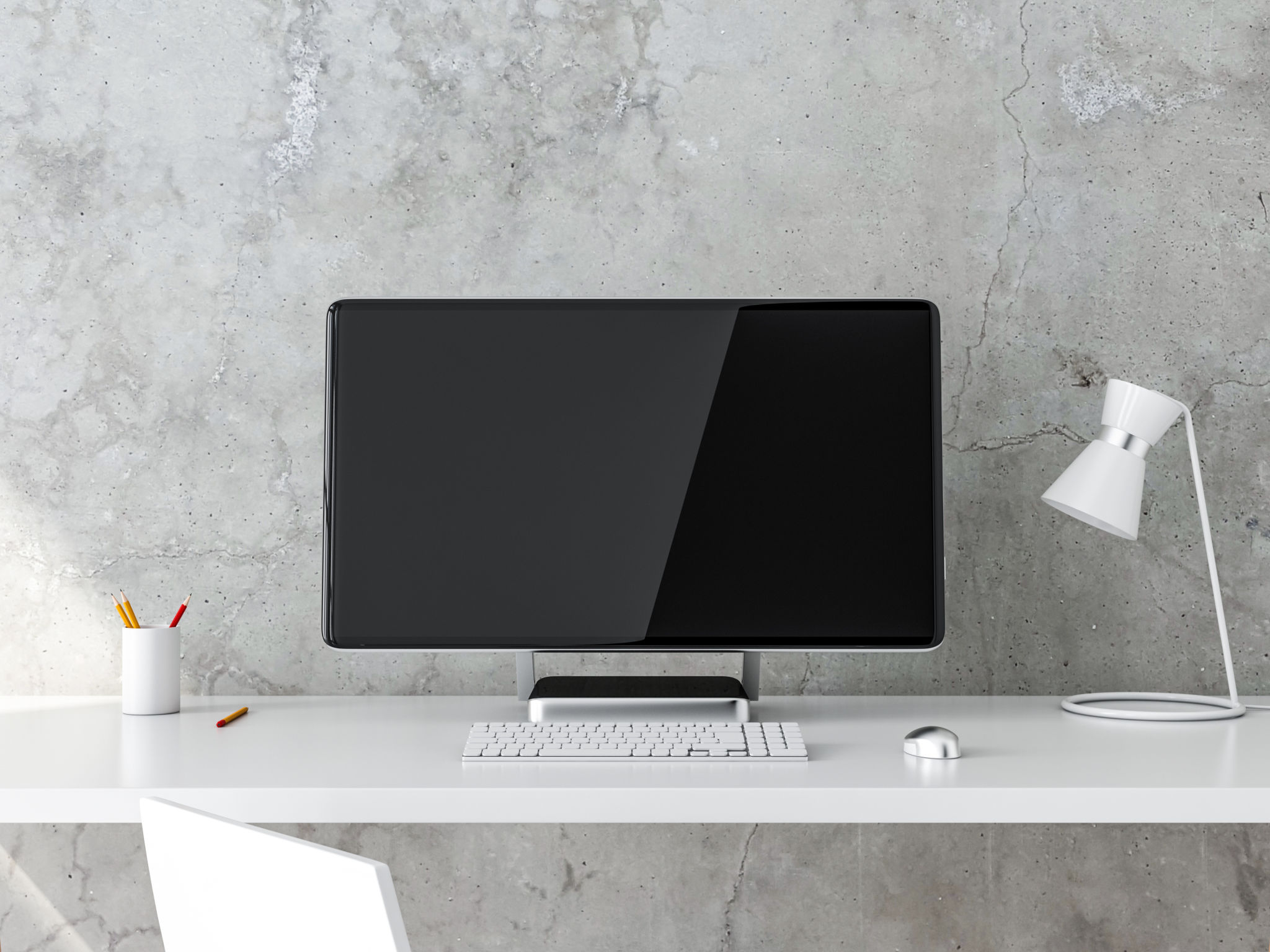Understanding the Differences: Desktop Monitors vs. All-in-One PCs
Introduction to Desktop Monitors and All-in-One PCs
When setting up a workstation, understanding the differences between desktop monitors and all-in-one PCs is crucial. Both have their unique advantages and cater to different user needs. This guide aims to highlight these differences and help you make an informed decision for your computing setup.
Desktop monitors and all-in-one PCs might seem similar at first glance, but they serve different purposes and come with distinct features. Knowing which is best suited for your needs can save you money and enhance your computing experience.

What are Desktop Monitors?
A desktop monitor is a standalone display device that connects to a computer via various input ports. It offers flexibility, allowing users to choose hardware components such as CPU, keyboard, and mouse. This setup is preferred by those who require high-performance systems for gaming, graphic design, or video editing.
Advantages of Desktop Monitors
Desktop monitors offer several benefits:
- Flexibility: Users can upgrade or replace components individually.
- Customization: Choose from a wide range of monitor sizes and resolutions.
- Cost-Efficiency: Generally more cost-effective for powerful setups.

What are All-in-One PCs?
An all-in-one PC combines the monitor and computer components into a single unit. This design is sleek and space-saving, making it ideal for users with limited workspace or those who prefer a minimalist look. All-in-one PCs are typically easier to set up and use straight out of the box.
Advantages of All-in-One PCs
The key benefits of all-in-one PCs include:
- Space-Saving: Reduces clutter by combining components.
- Ease of Use: Simple setup with fewer cables and peripherals.
- Stylish Design: Modern aesthetics that complement any room.

Comparison: Desktop Monitors vs. All-in-One PCs
The choice between desktop monitors and all-in-one PCs depends on various factors such as usability, budget, and personal preference. Those who value performance and customization typically opt for desktop monitors, while users seeking convenience and style may lean towards all-in-one PCs.
Key Considerations
When deciding between the two, consider the following:
- Performance Needs: Evaluate the type of tasks you'll be performing.
- Space Availability: Determine how much room you have for your setup.
- Budget Constraints: Consider initial cost versus long-term investment.
Ultimately, both desktop monitors and all-in-one PCs have their place in today's tech landscape. By understanding the differences, you can choose the solution that best fits your needs and enhances your computing experience.
